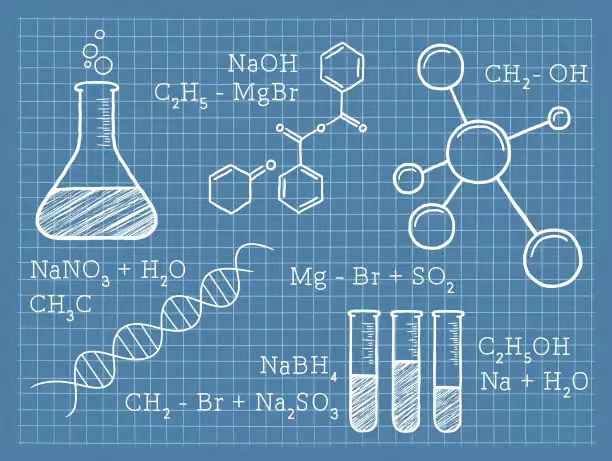The research team of Professor xiongyujie and Professor Long ran of the University of science and technology of China, in cooperation with associate researcher fucenfeng of academician Yang Jinlong's team and Professor yaoyingfang of academician zouzhigang's team of Nanjing University, innovated the catalyst design of photocatalytic methane anaerobic coupling, realized the high selective preparation of ethane and hydrogen, and achieved the efficiency of medium temperature catalytic methane anaerobic coupling. The research results were recently published in nature communications.
Methane is the main component of natural gas, combustible ice and biogas, which is widely distributed in nature. How to convert the huge reserves of methane resources into fuels or chemical products with higher economic value-added has important scientific significance and application prospects.
Photocatalytic anaerobic coupling of methane can convert methane directly under mild conditions, and obtain hydrocarbons and hydrogen at the same time, which is a very attractive way.
Xiong Yujie said, "on the one hand, the photocatalytic methane anaerobic coupling method does not need the mature two-step indirect conversion method of methane reforming and Fischer Tropsch synthesis, which avoids the shortcomings of complex process, high energy consumption and high production cost; on the other hand, this method does not need to use harsh reaction conditions, and avoids the excessive oxidation of methane to produce a large number of carbon dioxide and other by-products."
At present, photocatalysts commonly used for anaerobic coupling of methane are mainly metal oxide semiconductor materials. Xiongyujie said, "the lattice oxygen atom in the photocatalyst is very easy to over oxidize methane, so it will still produce some by-products such as carbon monoxide and carbon dioxide, which will lead to the complete deactivation of the catalyst."
In order to solve this problem, Xiong Yujie and long ran proposed to regulate the valence band electronic structure of photocatalyst through the method of monatomic coordination loading, forming a very stable coordination structure of monatomic and lattice oxygen, avoiding the lattice oxygen atom from directly participating in the photocatalytic methane anaerobic coupling reaction, so as to improve the photocatalytic methane anaerobic coupling performance and reduce the excessive oxidation degree of methane.
Based on this strategy, the research team realized that each gram of catalyst produced 0.7 grams of ethane per day, with a selectivity of 94.3%, and also produced the same proportion of hydrogen. The researchers further improved the stability of lattice oxygen in the catalyst through element doping, thereby extending the stability of catalytic performance, providing a new idea for the development of high-efficiency photocatalytic methane oxygen free coupling catalyst.
The reviewer said: "this work makes it possible to convert methane to ethane by photocatalysis, which shows the charm of monatomic catalysts."



